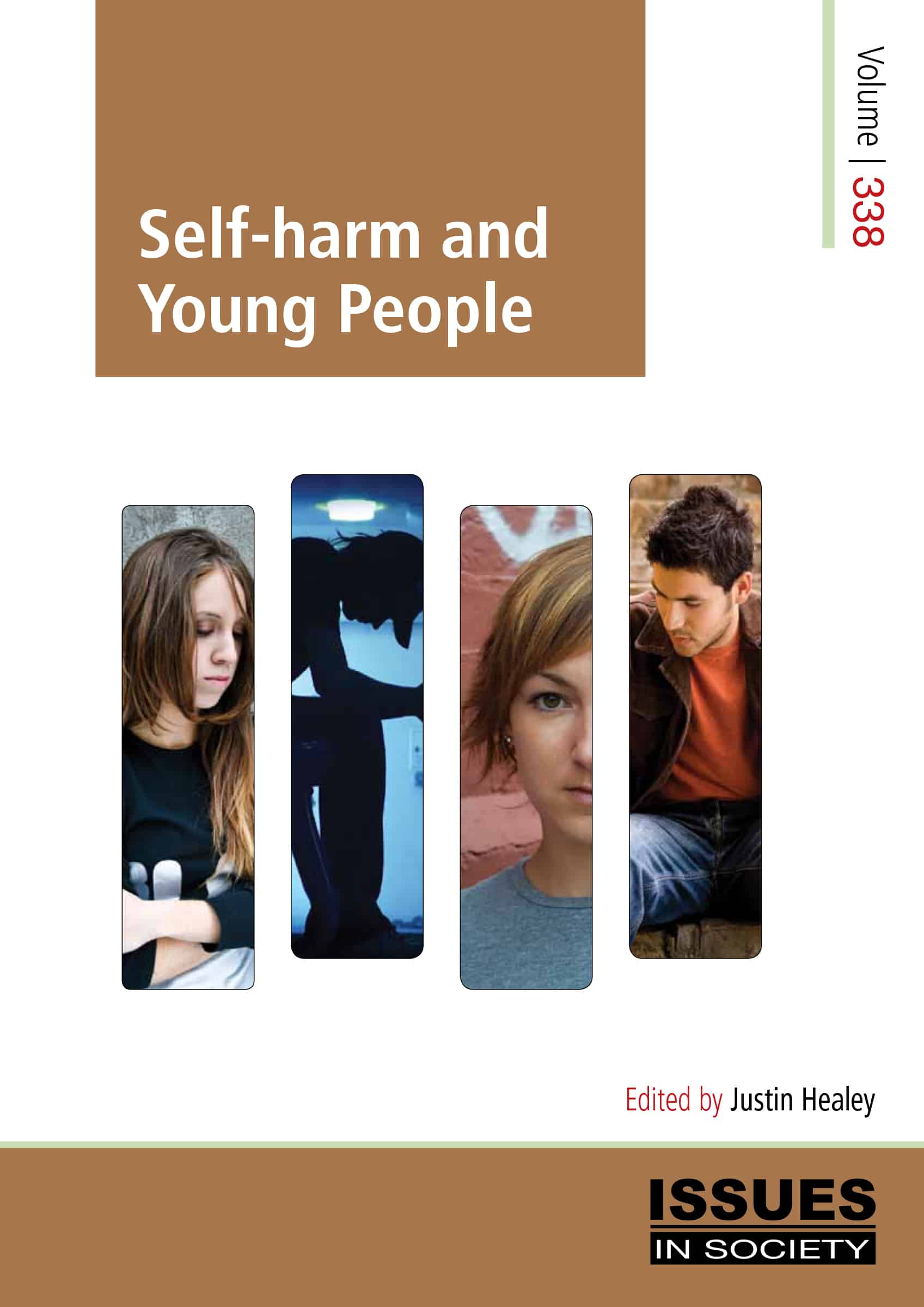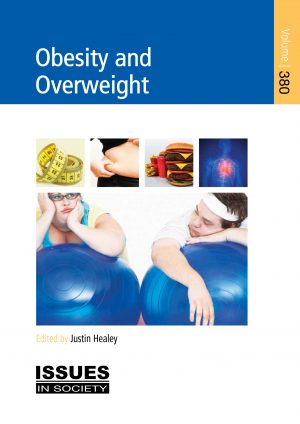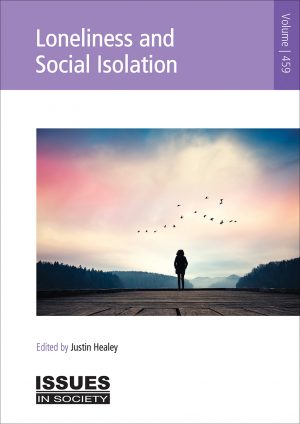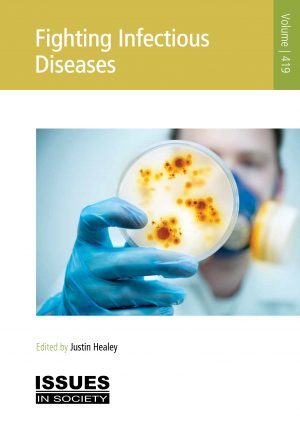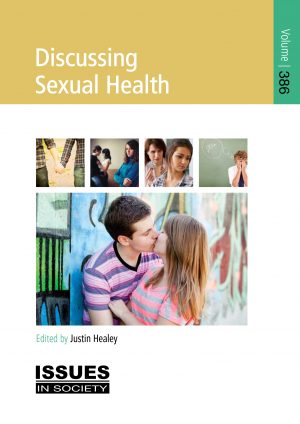Description
There are many types of behaviours that are considered to be deliberate self-harm (or self-injury), and young people harm themselves for different reasons. Non-fatal, self-injuring behaviours such as self-cutting, self-poisoning, self-burning and even attempted suicide are common but often hidden responses to emotional pain, and are attempts to relieve, control or express distressing feelings. Research suggests that 6-7% of young Australians aged 15-24 harm themselves in any given year, and over 12% report having self-harmed at some point in their life.
This title explores the prevalence of self-harm, identifies the warning signs, and addresses the myths and misconceptions. Advice is also presented on how to deal with these behaviours for people who self-harm and their concerned friends and families. What are the causes of self-harm, who is at risk, and what are the ways in which young people in distress can find support in order to cope with their feelings? How do you keep out of self-harm’s way? Worksheets and activities; Glossary; Fast facts; Web links; Index

